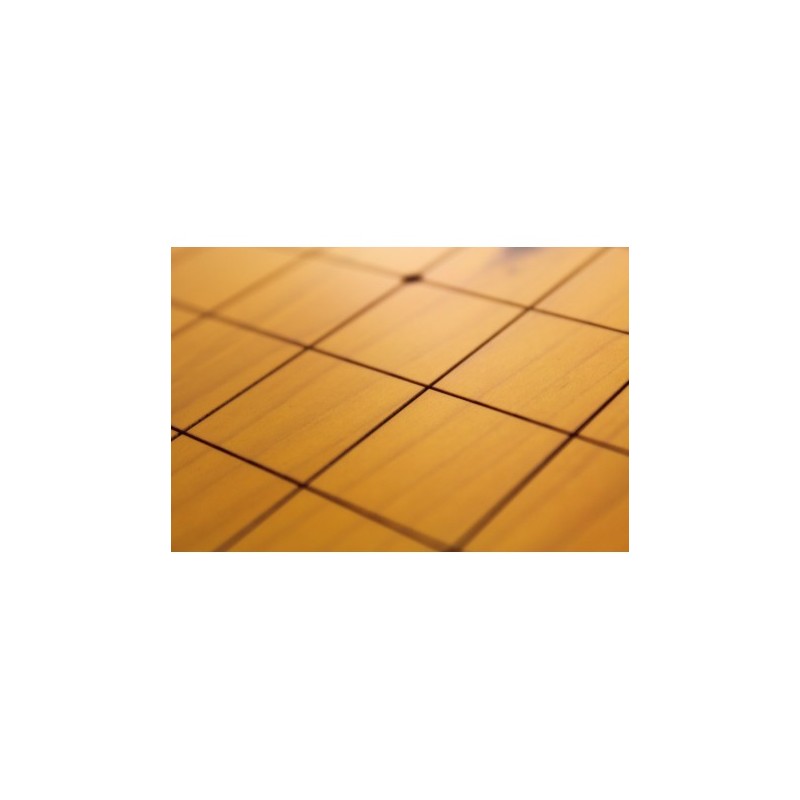


They are colored either black or white and normally number 181 for black and 180 for white (or sometimes 180 for each). Go stones, or go-ishi 碁石,棋子, are round objects placed on the board. Boards transported between climates with significantly differing humidity levels may be subjected to warping or cracking due to rapidly changing moisture content in the wood. Wooden boards subjected to excessive humidity or a large variation of humidity or temperature may be affected by discoloration, warping, cracking, woodworm, or mold, and prolonged exposure to sunlight can bleach the board. Boards made of other woods, such as Alaskan spruce, Agathis, or katsura are cheaper, around $500 to $2,000. Masame boards are further classified as tenmasa (the top grain is straight, but grain along the cut end is curved), and most-prized tenchimasa (grain is straight along the cut end as well as on top.) Prices of kaya boards range from US$1,000 to $20,000 plus. Itame refers to a bent or irregular grain masame refers to consistent grain that runs straight across the top of the board. These are classified according to the quality of the wood grain. The undersides often have a square recesses ( heso) to prevent warping and to amplify the sounds of the stones hitting the surface. The thickest boards are the most elegant. The board can range from 14 to 21 cm high. The legs raise the board to the correct height. Chinese versions of floor boards are not always made from blocks of wood, and more closely resemble a small table with an inlaid go board. These boards are still used for important tournament games in Asia. The legs are carved to resemble gardenias. Historically, to play on these boards, the Japanese would sit on tatami mats.
GOBAN 19X19 PORTABLE
Portable boards can be made with hinges or slots. They are known as "table boards" because they are placed on tables (compare "floor board" below.) The wood grain is pleasing to the eye, and the stones make a nice sound when placed firmly on the board.

Large magnetic boards are also available for demonstration purposes, during lectures and other presentations.Ī typical folding board, with Go bowls and stones next to it.

Some materials hold strongly onto the warp though and need to be weighted at the corners to make the board usable when unrolled.


 0 kommentar(er)
0 kommentar(er)
